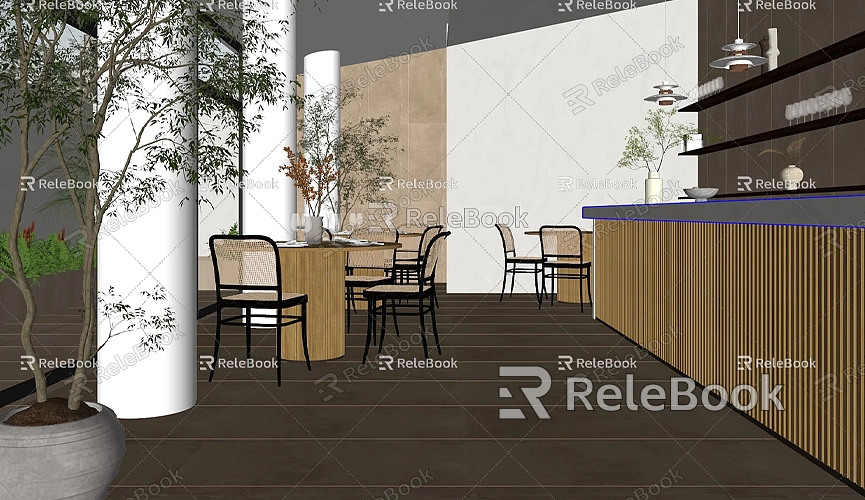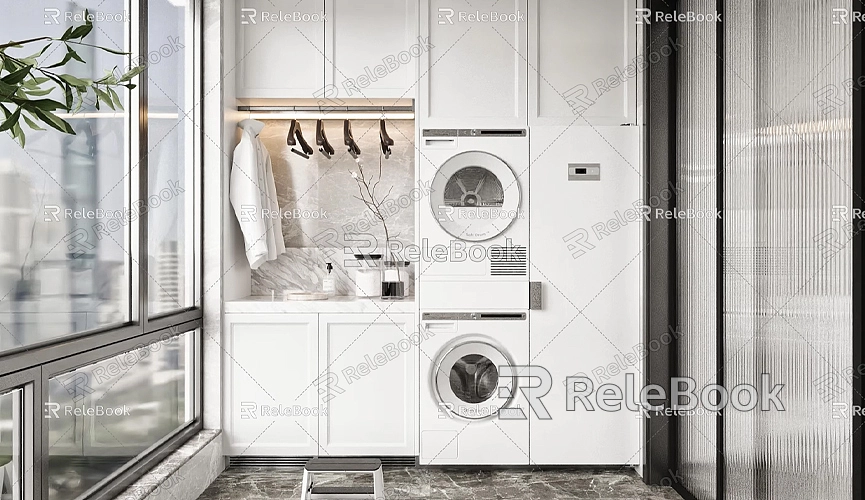How to import sketchup model in lumion 6
Importing SketchUp models into Lumion 6 is a vital skill for architects, designers, and 3D visualization professionals. Lumion, a powerful real-time rendering software, allows users to transform SketchUp designs into high-quality renderings, animations, and even virtual reality (VR) experiences. For those who use SketchUp for modeling, seamlessly importing models into Lumion and leveraging its visualization capabilities can significantly enhance the presentation and quality of your designs.
This article delves into the process of importing SketchUp models into Lumion 6 and shares practical tips and insights to help you navigate potential challenges. Whether you're new to these tools or have some experience, this guide aims to provide valuable insights to optimize your workflow.
Why Choose Lumion for Rendering?
Lumion stands out as a professional rendering tool because of its powerful features that enable users to create high-quality visualizations in a short time. One of its greatest advantages is real-time rendering, which lets you see results instantly when modifying scenes or adjusting parameters, greatly improving productivity. Lumion supports multiple file formats, including SketchUp files (.skp), making it incredibly convenient for SketchUp users to import their designs for post-rendering and animation.

Additionally, Lumion offers an extensive material library, real-time lighting, and environmental settings, allowing you to customize the ambiance of your scene effortlessly. It also includes a vast range of preset models—such as trees, people, vehicles, and roads—making it easier to build and optimize scenes quickly.
Preparing Your SketchUp Model for Import
Before importing your SketchUp model into Lumion, a few preparatory steps can make the process smoother and ensure better results. While Lumion offers excellent compatibility for model imports, optimizing your model beforehand reduces potential issues and increases efficiency.
1. Ensure Compatible SketchUp Versions
Lumion 6 supports SketchUp files (.skp format) created with SketchUp 2016 or earlier versions. If your model was created in a newer version, consider saving it in a compatible format to avoid compatibility issues.
2. Optimize Your Model
Simplify your SketchUp model by removing unnecessary geometry, redundant faces, and unused components. Reducing complexity improves Lumion's import performance and rendering efficiency. Complex models can create bottlenecks during rendering, affecting performance and results.
How to Import SketchUp Models into Lumion 6
Importing SketchUp models into Lumion 6 is straightforward, but new users might encounter some challenges. Follow these steps to complete the process:
1. Launch Lumion 6
Open Lumion and load your current project. If you don’t have an existing project, start with a blank scene. Lumion provides several preset scene templates; choose one that fits your needs for the subsequent steps.
2. Import Your SketchUp File
Click the “Import” button on the top menu bar to open the file browser. Locate your SketchUp file (.skp), select it, and click “Open.” Lumion will begin importing the model.
3. Preserve Materials
During the import process, Lumion will prompt you to retain the materials and textures from your SketchUp model. Selecting “Preserve Materials” ensures that your model's textures and materials are correctly converted into Lumion's material system.

Post-Import Adjustments and Optimization
After successfully importing your model into Lumion, you'll need to make adjustments and optimizations:
1. Check Model Placement
Ensure the model is correctly positioned within the scene. If necessary, use Lumion’s transformation tools to adjust the location, orientation, and scale.
2. Lighting and Environment Settings
Lumion offers robust lighting controls to simulate different times of day, weather conditions, and seasonal effects. Use these settings to enhance your model’s presentation. For instance, you can adjust sunlight, shadows, and reflections to create a more immersive scene. Lumion also allows dynamic weather simulation, such as rain or snow, to test your design under various conditions.
3. Material Adjustments
While Lumion imports most SketchUp materials, you might need to refine certain properties like reflectivity, glossiness, and transparency. Lumion’s material editor provides advanced options to customize materials, making them more realistic and visually appealing.
Rendering and Post-Processing
Once your SketchUp model is in Lumion, the focus shifts to rendering high-quality images and animations. Lumion’s real-time rendering lets you preview the impact of adjustments immediately, whether they involve lighting, materials, or environmental elements.
1. Add Scene Details
Enhance your scene by incorporating elements from Lumion’s extensive library, such as trees, people, vehicles, and more. These assets can bring life to your scene and improve its overall presentation. Lumion automatically renders these objects dynamically, creating natural interactions within the environment.
2. Render Outputs
Lumion allows you to export high-resolution images, animations, and even VR scenes. These outputs are perfect for showcasing your designs to clients or team members. Use animation features to create dynamic walkthroughs or flyovers that highlight your design from multiple perspectives.
Tips for Enhancing Rendering Efficiency and Quality
- Optimize the Model in SketchUp
Simplify your model in SketchUp by removing unnecessary details. This reduces rendering time and avoids potential performance issues in Lumion. Eliminate redundant geometry and unused elements for a cleaner, more efficient import process.
- Leverage Lumion’s Material Library
Use Lumion’s built-in materials for higher quality and ease of use. These materials often outperform SketchUp’s default textures in terms of realism and customization.
- Master Lighting and Environment Settings
Adjusting light and environmental settings is crucial for a realistic render. Experiment with different settings to achieve a natural look, avoiding unnatural shadows or overly harsh lighting.
- Simplify Scene Details
Avoid excessive details in Lumion scenes, especially for elements that don’t significantly impact the final render. For example, reduce unnecessary interior furniture if it won’t be visible in your output.
Final Thoughts
Importing SketchUp models into Lumion 6 is a straightforward process, but achieving the best results requires attention to detail and experience. By optimizing your model, fine-tuning materials, and carefully configuring lighting and environmental settings, you can maximize the potential of Lumion’s rendering capabilities. Lumion empowers you to create stunning static images, animations, and VR experiences, elevating your design presentations to a professional level.
If you’re looking for high-quality 3D textures and HDRI for your models and scenes, visit [https://textures.relebook.com/](https://textures.relebook.com/) for free downloads. For detailed 3D models, check out [https://3dmodels.relebook.com/](https://3dmodels.relebook.com/). These resources can help you add depth and realism to your designs, making them even more captivating in Lumion and beyond.

